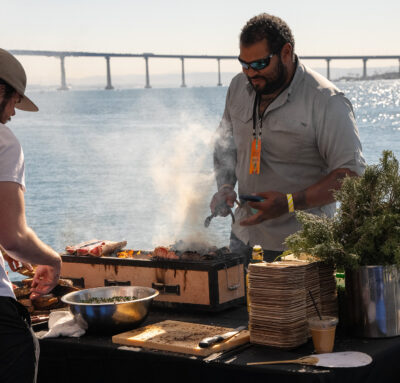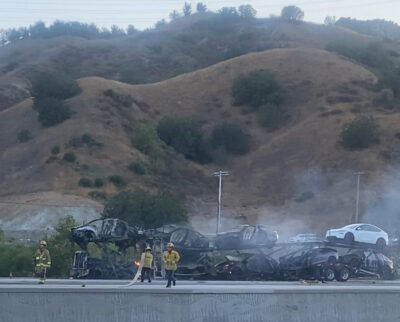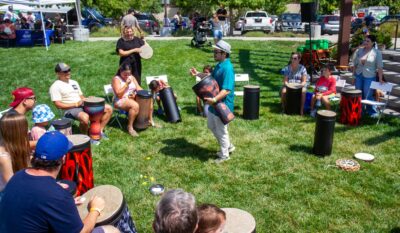When is a fire not a fire? There’s something going on underground at the Chiquita Canyon Landfill. It’s been going on for years. It generates heat. It generates gases. It could continue for decades. No, it’s not a fire. It is another chemical reaction.
Fire, they taught us, is not a liquid or a gas; it is a chemical reaction. Chiquita’s chemical reaction has different chemistry than fire. Fire needs oxygen to keep going. A wet blanket will keep out oxygen and end a fire. The chemical reaction going on at Chiquita Canyon Landfill will eat a wet blanket for lunch.
Unfortunately, the name of this chemical reaction is ETLF, short for “elevated temperature event in a landfill.”
One problem with this is that the noun “event” isn’t in the acronym. That tends to make “how many ETLFs you got?” seem like a request for a count of landfills. Another problem is that a landfill can have an elevated temperature without this chemical reaction being there. It happens every hot sunny day. The name should tell that this is a chemical reaction (event), not that it is putting out heat. Generating heat is a side effect.
The student working on a doctorate in landfill chemistry probably isn’t bothered by this linguistic clumsiness. The rest of us deserve something easier to remember, more natural. We could call ETLFs “sort-of-fires,” or bires, or zires, or landfill uglies.
Let’s hope we’re not stuck with ETLF.
There is a need for ways to talk about ETLFs. We can use the language from fires. An ETLF can “start,” “spread” and “go out.” No problem there. How about “burn”? Is what they do “burning”?
ETLF was a fine choice when the only people using it were landfill chemistry experts. Today we need to upgrade to a word lawyers, firefighters, politicians and everyday folk can all use when talking about these chemical reactions.
Tom Day
Stevenson Ranch












